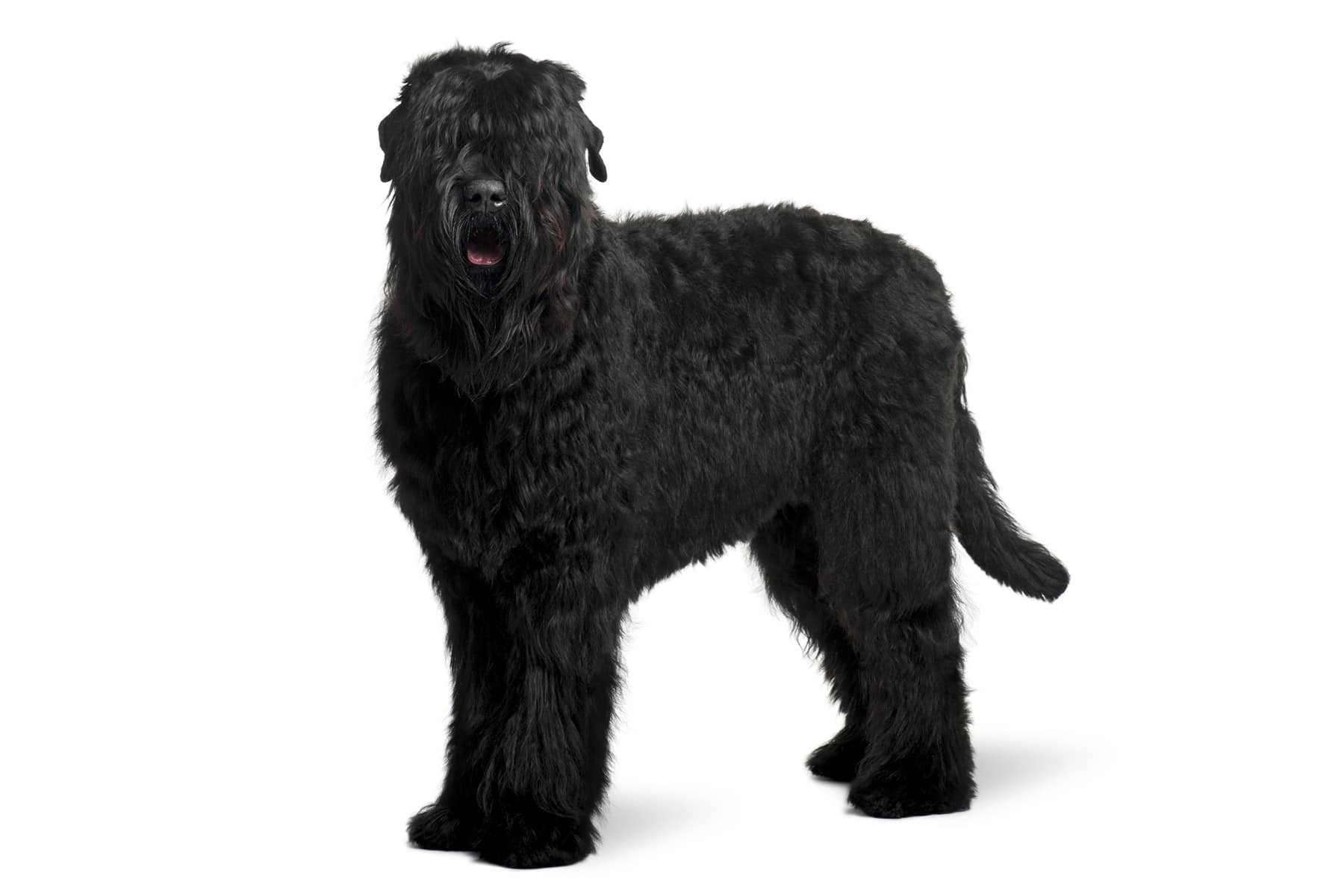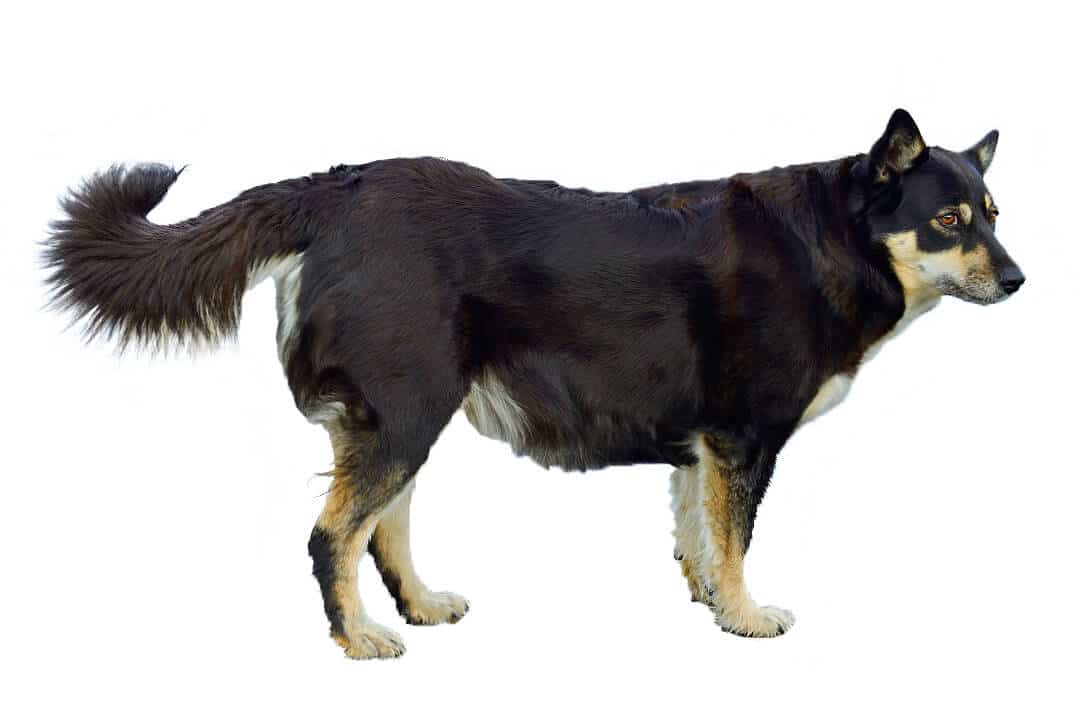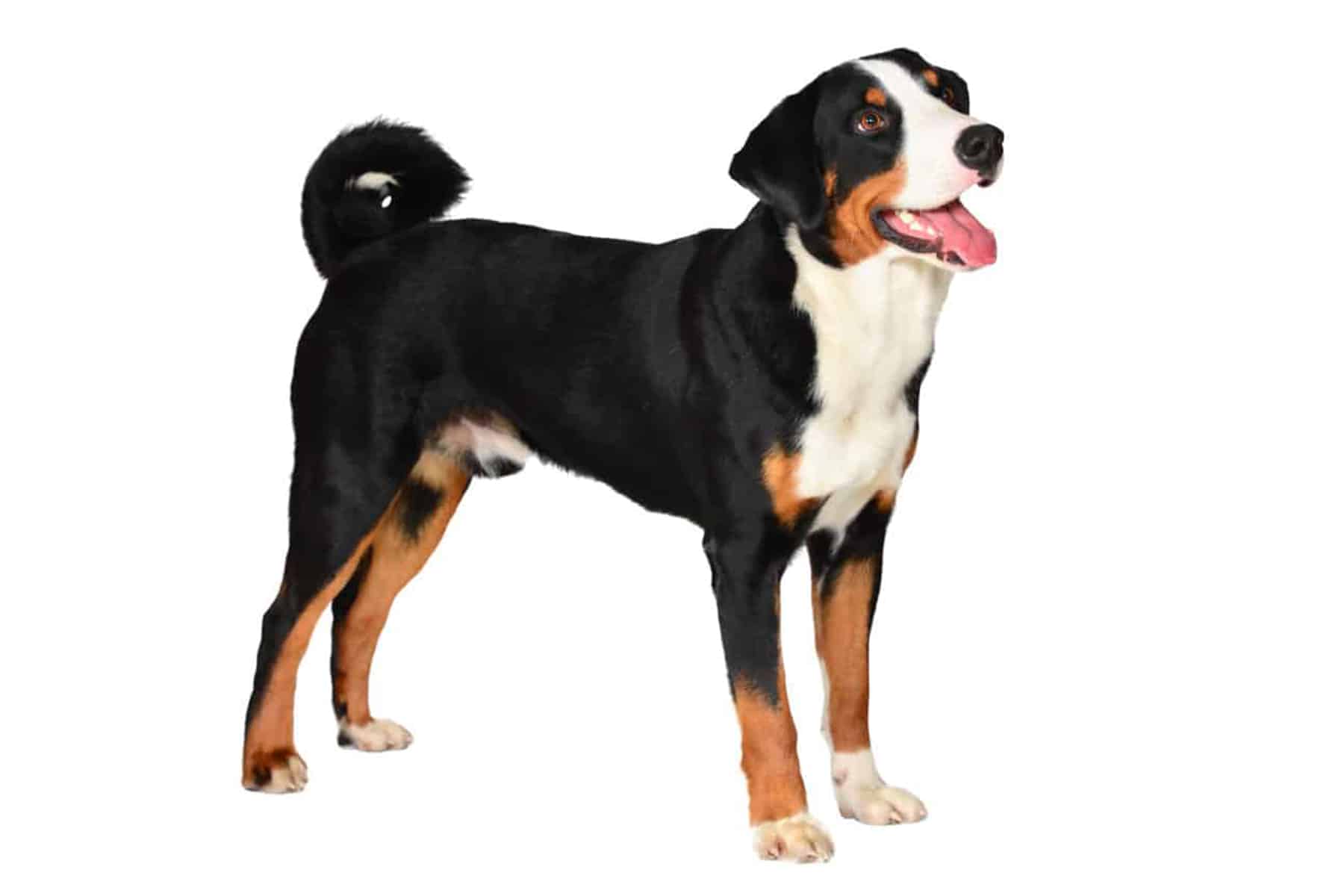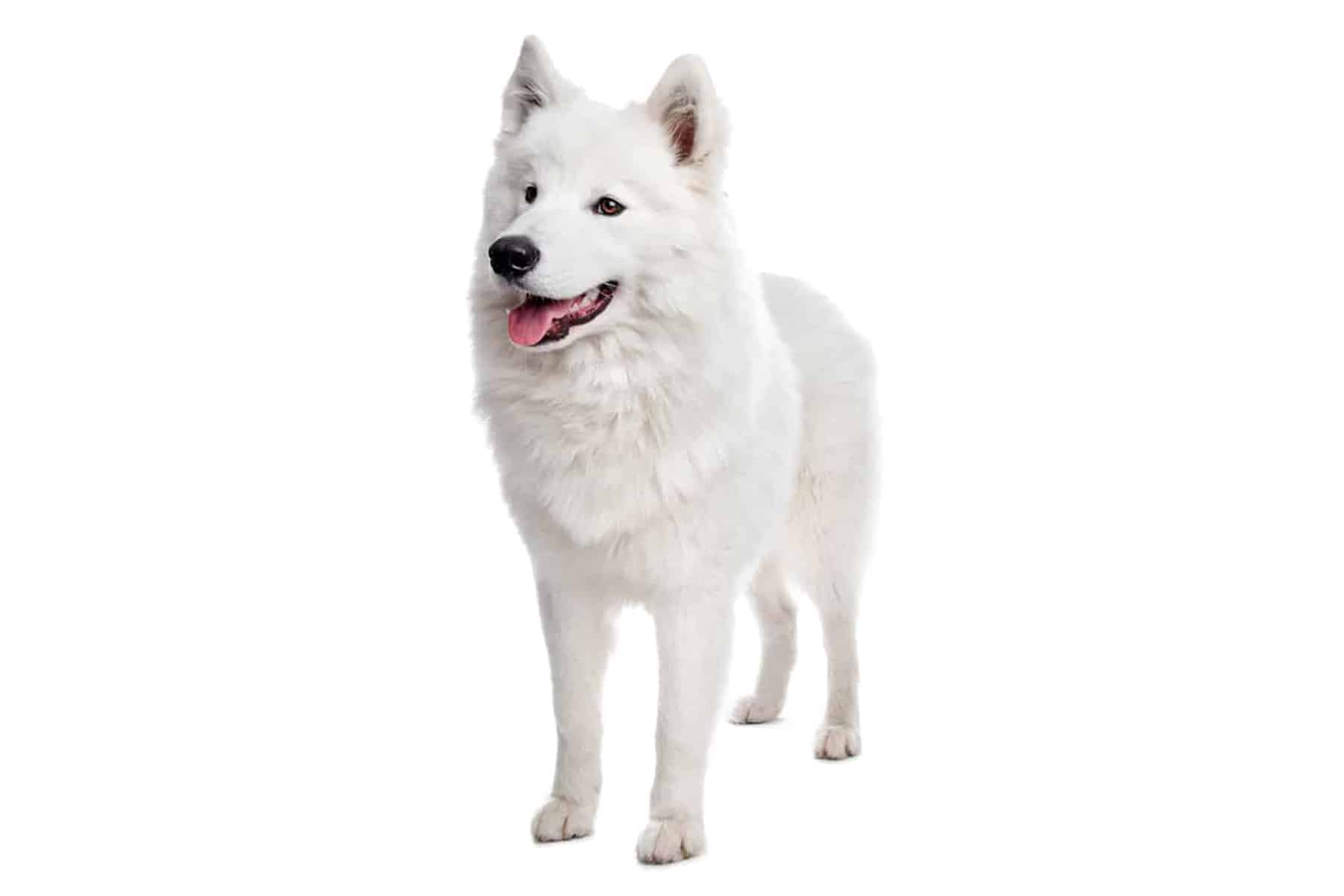Schapendoes
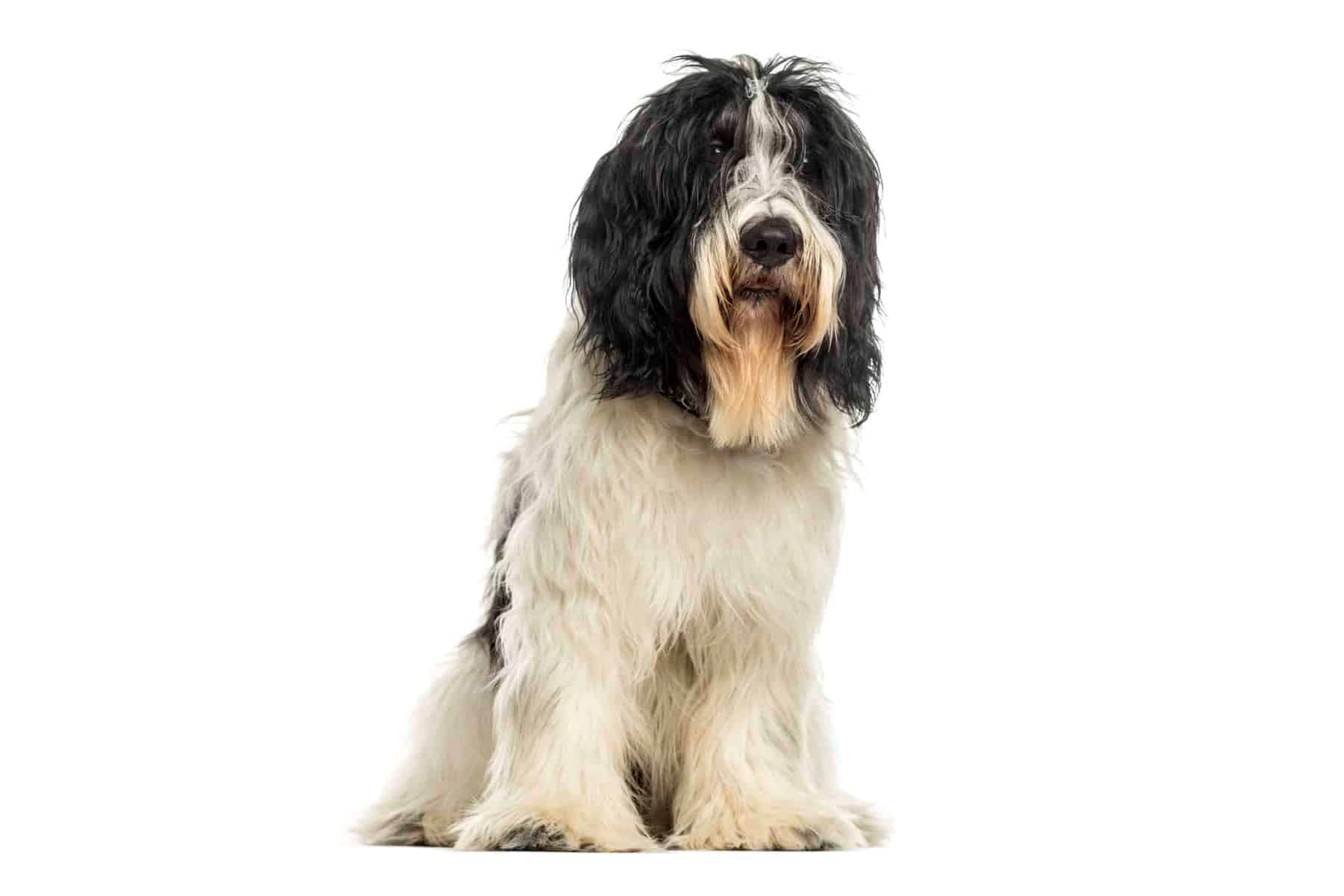
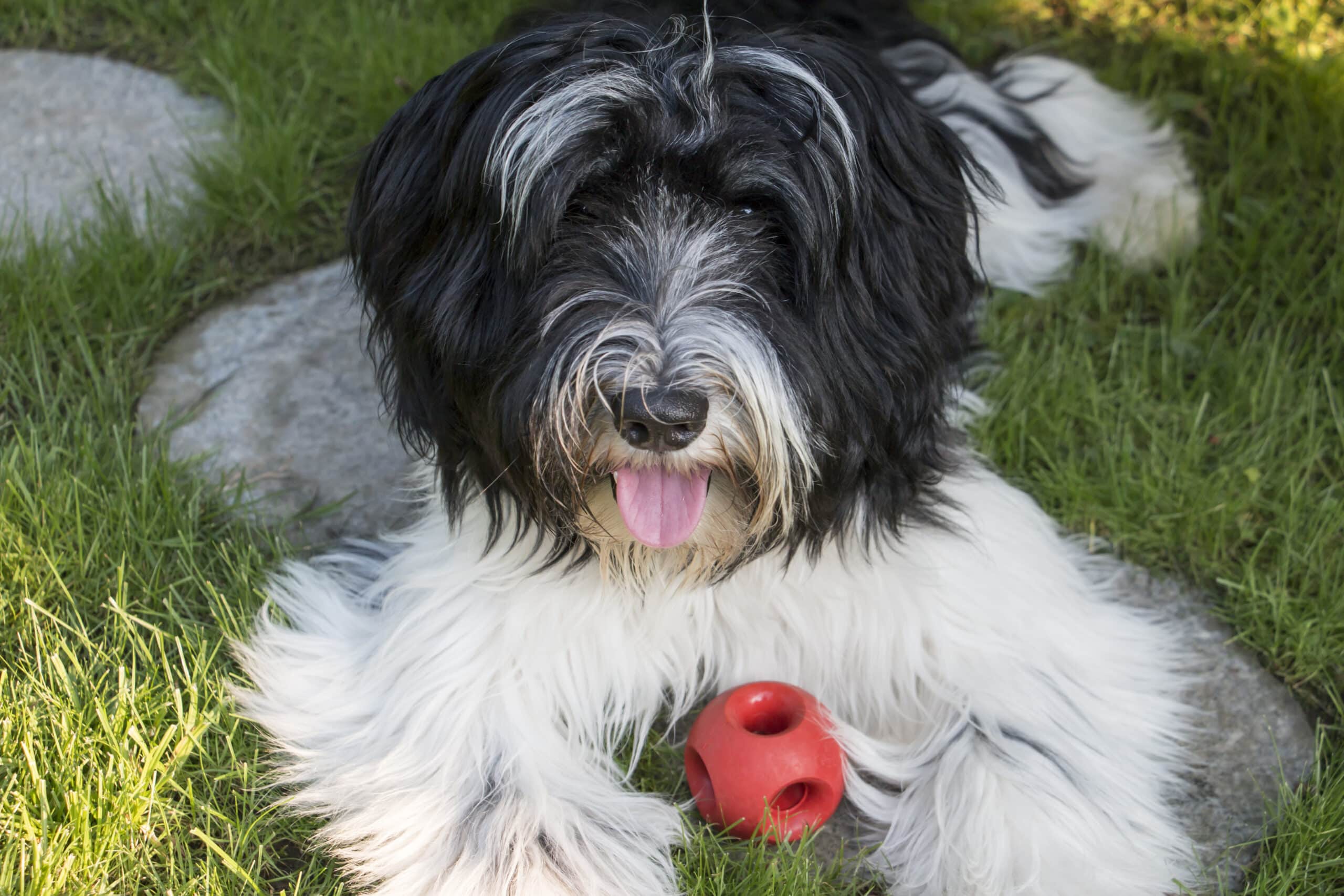
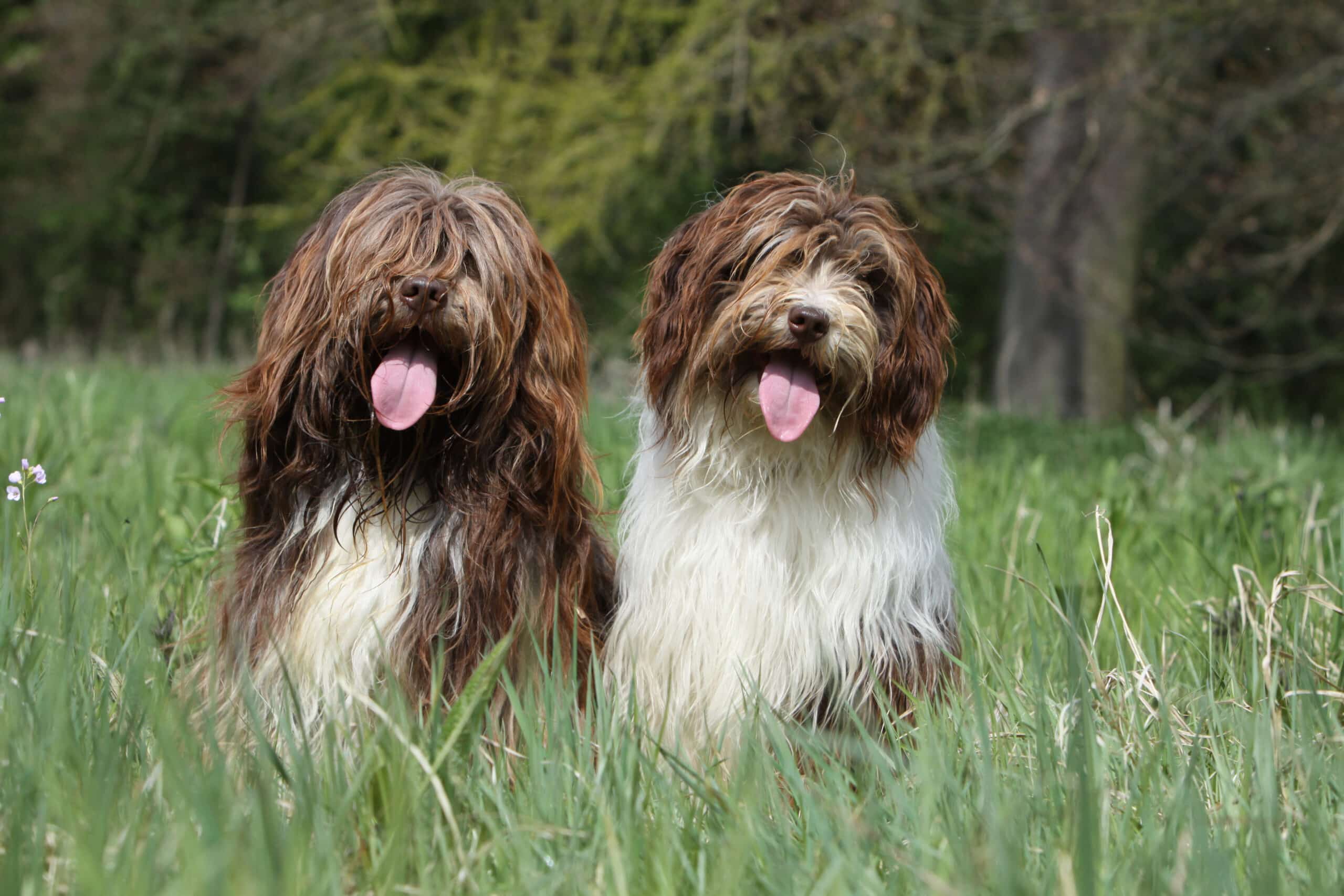
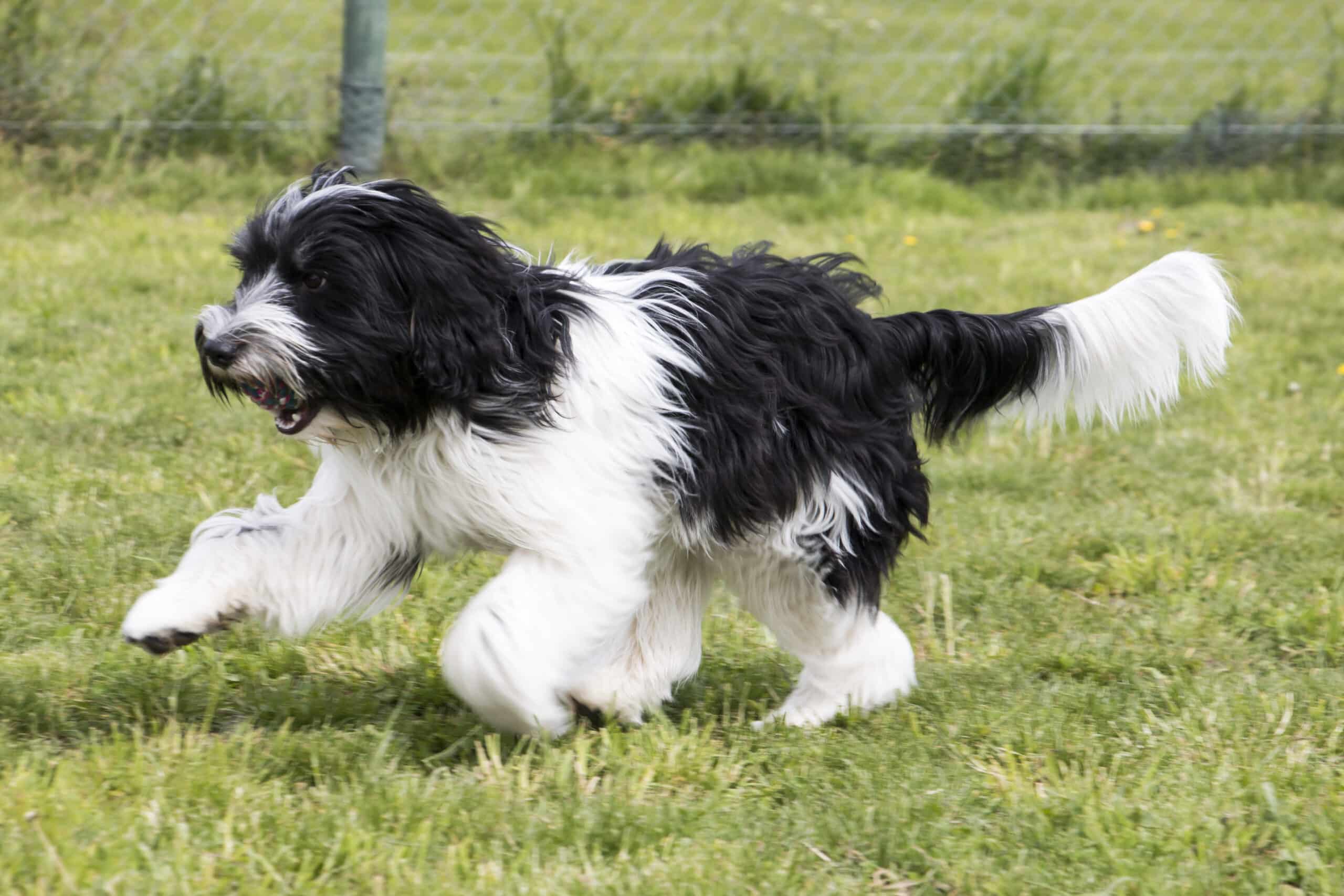
Temperament:
The Dutch Schapendoes - or Schapendoes for short - originates from the Netherlands. The Schapendoes is very loyal and loves to work a lot. It is also very light on its feet. This is why this breed used to be used mainly as herding dogs. This is still reflected in the nature of the Schapendoes today. These dogs love challenging tasks that demand their intelligence. They must therefore always be kept sufficiently occupied. Due to the lack of hunting instinct, the Schapendoes is relatively easy to train. Nevertheless, they value a certain independence. You can build up a deep friendship with a Schapendoes. This breed also makes an excellent family dog.
Characteristics
The Schapendoes is a medium-sized dog. An adult male dog can grow to between 43 and 50 cm. The female is slightly smaller and can reach a shoulder height of 40 to 47 cm.
The length of the Schapendoes is slightly greater than the height. The Schapendoes has a long tail. It carries this either upright, hanging or horizontally. This depends on its mood or gait.
The Schapendoes stands out due to its dense and unusual coat. This is why this shaggy dog is often perceived to be larger and heavier than it actually is. Underneath the mane, however, lies a light dog. The Schapendoes therefore moves very light-footedly and has great jumping power.
The Schapendoes has an undercoat. Its hair can grow to over seven centimeters long. The coat is not smooth, but slightly wavy. The Schapendoes' hair grows very densely and does not feel velvety, but thin and dry.
Due to its coat, the Schapendoes can reach a large size. The dense hair growth can sometimes also obstruct the Schapendoes' vision.
Due to the thick coat, the animal's head also appears larger and stronger than it actually is. The Schapendoes looks at you with large, lively and affectionate eyes. They are directed forward. The ears hang down from the head. The Schapendoes has a strong neck. As a result, he carries his head proudly and upright.
The front legs are straight. The hind legs are more muscular than the front legs. In relation to the legs, the paws of the Schapendoes are quite large.
The Schapendoes comes in all coat colors. However, the most common color variant is black and blue-gray.
The Schapendoes is still a shepherd dog by nature. Today, however, it is kept as a family, companion or fashion dog.
He is a very intelligent, lively, attentive and affectionate companion. These qualities make him an ideal family dog with children.
However, it should be noted that the Schapendoes was originally bred as a working dog and therefore needs to be kept busy. This is why they love to move around a lot and be kept busy. Above all, he likes challenging tasks. This is why the Schapendoes is particularly suitable as a rescue dog, for example.
Training the Schapendoes is quite simple compared to other dogs. It is very intelligent and alert. He also doesn't care much for hunting. However, he does like to be a little independent.
That's why you shouldn't be too lenient when training them. Then your Schapendoes will quickly become a very loyal friend. He will always delight you with his zest for life.
Coat care:
Shedding:
Energy level:
Trainability:
Children suitable:
The right food
When choosing food, make sure that it contains high-quality ingredients, is balanced and meets your dog's requirements. Age, size or weight, activity and health status play an important role. You should follow the manufacturer's recommendations for the amount of food.
Treats should only be fed in moderation and deducted from the basic diet to avoid obesity.
Puppies can be fed 4-6 times a day. The number of meals should be gradually reduced to 2 per day until the dog is fully grown. A rest period should be observed after meals.
Fresh drinking water should be available at all times.
Health & Care
The Schapendoes requires less grooming than you might initially expect. Grooming in particular is not difficult with this animal. It is often easier than with some short-haired dogs.
You only need to comb your Schapendoes properly every one to three weeks. This can take a little longer. But there's not much else to do.
The hair of the Schapendoes is more or less self-cleaning. You should therefore only wash your four-legged friend with dog shampoo when absolutely necessary.
In contrast to most short-haired dogs, the Schapendoes hardly sheds any hair. The hair that does fall out does not knot as stubbornly as short dog hair. Nevertheless, collecting the hair does involve some work.
In wet weather, mud may accumulate in the lower part of the coat. Especially on paws and legs. In this case, you should of course rinse your four-legged friend's paws and legs with warm water or brush them thoroughly.
If your Schapendoes is still younger, grooming can be a little more time-consuming. Grooming often requires patience, especially before the age of two. And not just from you. You also need to get your dog used to the fact that you decide how often and for how long he is brushed.
Before it is two years old, the coat of the Schapendoes changes. The soft hair from puppyhood gradually hardens. Without grooming, the coat can become matted. Check the condition of the coat regularly during this time. If necessary, comb the coat several times a week.
Don't be too good-natured or compliant if your dog doesn't want to. Because if grooming is neglected, it can lead to matting and, in the worst case, the coat may have to be clipped. It is therefore important that you get your Schapendoes used to grooming at an early age.
You can achieve this by getting your dog used to being brushed as a puppy. No grooming is actually necessary during this time. Not until the transition from puppy to adult Schapendoes. Nevertheless, your dog will accept grooming better later on. This is usually necessary between nine months and two years of age.
The strong claws of the Schapendoes need to be trimmed or sharpened regularly. This prevents the nails from overgrowing, splitting or breaking.
The ears should be checked regularly and cleaned if necessary. Accumulations of earwax and debris can lead to infections.
The eye area should also be checked and cleaned regularly.
After all, you should start caring for your dog's teeth as a puppy so that he gets used to it. This way you can prevent plaque and tartar.
Suitable accessories
A brush and comb are essential for grooming the Schapendoes. There are also special combs to remove tangles. Your four-legged friend may also need these to protect himself from shearing. If the hair is so matted that it can no longer be brushed, you may also need to shear your Schapendoes.
The basic equipment for every dog includes a dog lead, a collar or harness, a food and water bowl, a dog mat, a transport box for transportation in the car, tick tweezers, claw clippers, a mild dog shampoo, a toothbrush and toothpaste for dogs and a first aid kit. It is best to ask your vet what belongs in the first aid kit.
Toys that encourage intelligence are ideal for a Schapendoe. You can also think about how you can balance out his work instinct so that he stays active and doesn't get bored.
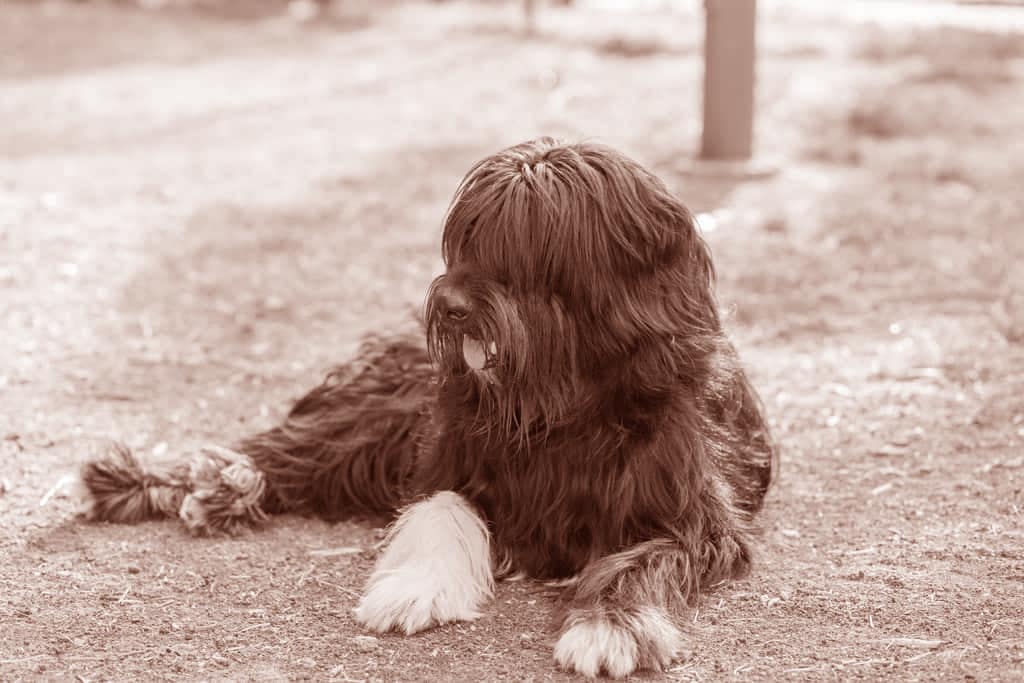
Origin & History
The Schapendoes originally comes from the Netherlands. Its ancestors were probably an old, small breed of sheepdog, the sheep poodle.
Schapendoes were small, agile herding dogs with shaggy coats. They were exceptionally hard-working and frugal. They were also characterized by high resistance and intelligence.
Soon there were only a few sheep poodles left in Europe. They used to be widespread throughout Europe. But they were gradually replaced. For example, German and Belgian shepherd dogs appeared. In addition, transhumance declined. Many shepherds had to earn their living in other ways and no longer had any use for a sheepdog.
Until 1940, the Schapendoes lived fairly undiscovered in the heathlands of the Netherlands. Shepherds used them mainly because of their willingness to work and their intelligence. The Schapendoes were also characterized by their robustness and loyalty. The use of the Schapendoes as a family or companion dog was not originally intended.
The judge and cynologist Toepoel appreciated the Schapendoes breed. Without him, the Schapendoes would probably have been declared extinct. Even during the Second World War, Toepoel tried to revive the breed.
An association of Dutch Schapendoes was founded in 1947. This still exists today and looks after the breed worldwide. In 1952, the breed was provisionally recognized by the Dutch Kennel Club. Two years later, the first standards were established and a studbook was started.
In 1991, the Fédération Cynologique Internationale (FCI) officially recognized the Schapendoes.
In Germany, the Schapendoes e.V. is now responsible for the preservation of the breed. Around 100 puppies are born every year.
